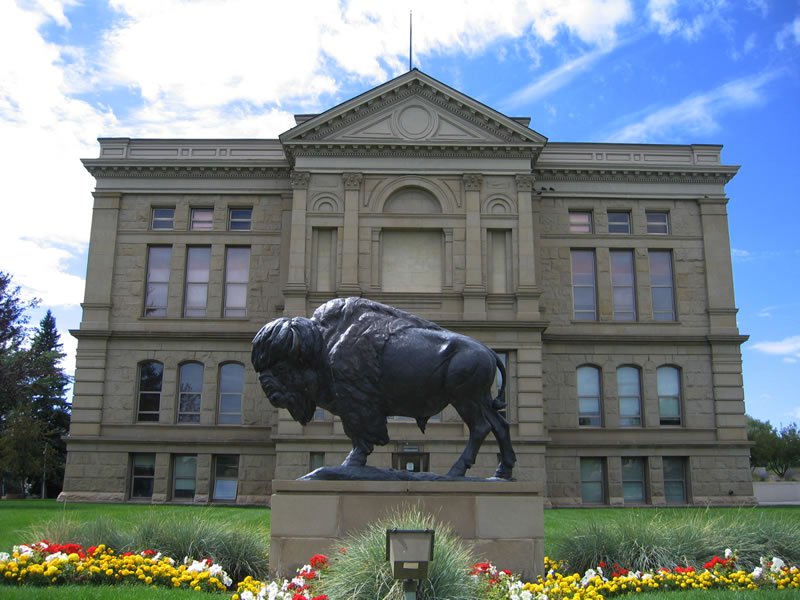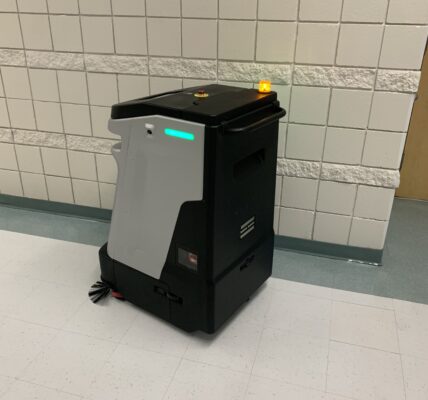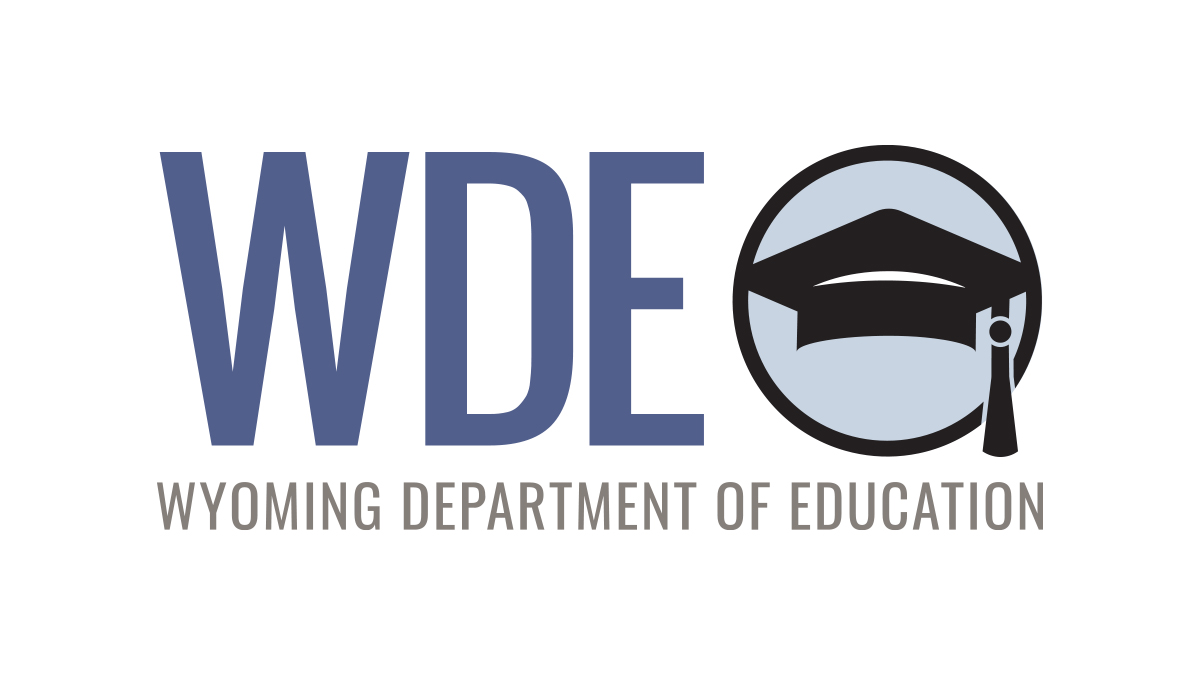◆ Report shows lawmakers should have enough to fund governor’s proposed budget if they choose to.
By Tom Coulter
Wyoming Tribune Eagle
Via- Wyoming News Exchange

Although the latest projections show a slight drop in state revenue for the current and upcoming bienniums, Wyoming lawmakers should have enough to fund Gov. Mark Gordon’s 2021-22 biennium budget proposal, if they choose to.
The report, released Friday by the Consensus Revenue Estimating Group, shows the state with roughly $77 million less to work with than projected in CREG’s October report.
While the report projects a $48.2 million combined drop in estimated revenue for the 2019-20 and 2021-22 bienniums, the state’s funding for K-12 education also dropped by $23.7 million in the same period.
CREG co-chairman Don Richards gave members of the Joint Appropriations Committee, which is tasked with putting the budget together, a rundown of the report during their meeting Friday morning.
The state still has the funds to support the governor’s budget proposal for the 2021-22 biennium, Richards said. But it will be up to the Joint Appropriations Committee and the Legislature as a whole to determine how much they want to accommodate his recommendations.
“We have $77 million less on the table from the CREG experience,” Richards said in reference to the combined reductions outlined in the report.
The decline was largely a result of dropping forecasts for this year’s natural gas prices. While forecasts for other years were the same as those provided in the October CREG report, the forecast for 2020 prices fell substantially – a reduction of 35 cents per 1,000 cubic feet.
While the shifted forecast for natural gas prices caused decreases in the estimated revenue from severance taxes and mineral fund royalties, sales and use tax collections for fiscal year 2020 remained on track to meet the projections detailed in the October report.
After going over the CREG report, Richards and the committee discussed the state’s fiscal profile for the current and upcoming bienniums. One notable change was the decrease in the amount available for the Legislature to draw from the state’s rainy-day fund for the 2021-22 biennium.
While the October report estimated about $1.58 billion remaining in the state’s rainy-day fund going into the 2021-22 biennium, the latest adjustments have decreased that amount to roughly $1.54 billion – a roughly $43 million drop in the account Richards described as “the ballast for all revenue.”
Gordon’s budget initially included $23.5 million in ongoing funding to either be distributed to state agencies or kept as savings. While the state’s economic profile still includes enough money to support Gordon’s budget, that ongoing funding will be lower – roughly $12 million.
“You’re essentially right at balance – just barely,” Richards said. “On a $3 billion budget, we’re talking about a fraction of that.”
After hearing from all state agencies over the past few weeks, the Joint Appropriations Committee will be working through the governor’s budget proposal next week, potentially making cuts and setting the budgetary road map for the legislative session set to start Feb. 10.






